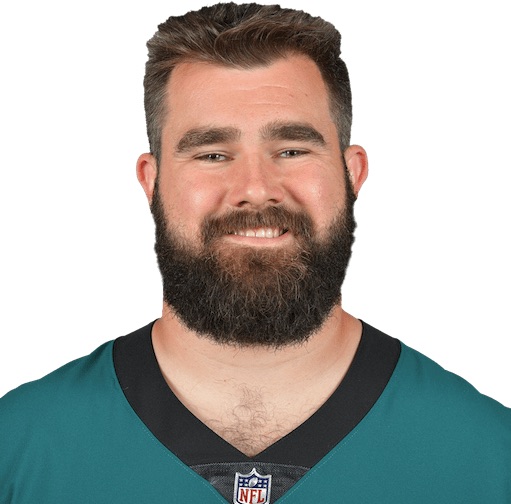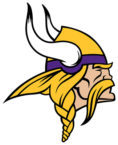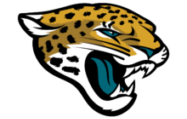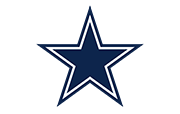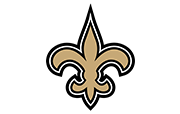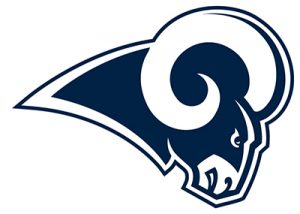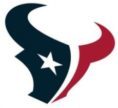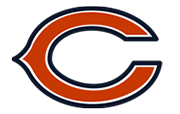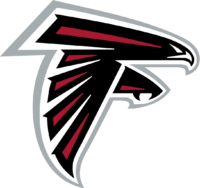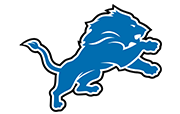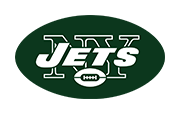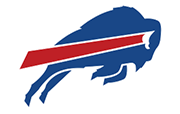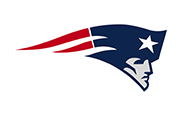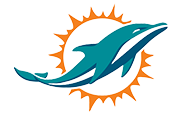If you close your eyes and listen—really listen—you can hear it, folks: the collective hype coursing through the city this week as we prepare for the most glorious weekend of the year—the official start of football season. Fire up your tailgate grill, bust out the body paint and prepare for (at least!) 17 weeks of glory.
For the fifth year in a row, The Citizen has tapped an Eagles player to cover the season from his unique perspective. Previously, we had former linebacker Connor Barwin and announcer Mike Quick looking at our civic health, and safety Malcolm Jenkins addressing criminal justice reform. This year, we’re psyched to tap Super Bowl-winning center Jason Kelce—a champion, and product, of public schools—to spotlight the leaders and organizations that go the extra yard to make a difference in the lives of Philly students. With that, we’ll also bring you comparisons of how Philly schools fare on various education metrics compared to those of the cities the Eagles play.
To kick it off, here’s a bit about Kelce’s own education roots:

Prefer the audio version of this story? Listen to this article in CitizenCast below:

Growing up in Cleveland Heights, Ohio, my parents were both public school advocates. As athletes, my brother and I both had opportunities to go to private schools, but my parents didn’t want that for us. And while I respect that every family has to figure out the right educational fit for them, I’m so grateful for my parents’ decision.
Cleveland Heights is a very diverse district, both economically and racially. My high school was about 75 percent African American, a little bit over 15 percent white, and the remaining students were from all different backgrounds. It was a poorly-rated high school by the numbers—but I loved going to my high school. I really did. I felt like I got exposure to people from so many different walks of life.
My brother [Kansas City Chiefs’ tight end Travis Kelce] and I saw a lot of people growing up in Section 8 housing who didn’t have anything; and then we saw people in big, beautiful mansions. And there were real opportunities at the school. It had, and still has, a really good AP program, and a lot of my classmates went to Ivy League schools and off to do all kinds of incredible things. I have always loved music and I spent four years playing baritone sax in my school’s jazz ensemble and the symphonic band—every spring break, we would go to different cities and compete against other jazz bands. Mr. Brett Baker, my music teacher, was one of my favorites—I still keep in touch with him!
There’s two parts of school, right? There’s obviously how every kid does, on average, on measures like proficiency tests. But then there’s the other aspect, beyond academia—your experiences and relationships.
I had great teachers all throughout my education. My third grade teacher, Mr. I, made learning fun—we’d play a basketball game that kept me active and attentive in class. I was always drawn to science and math, and loved Mr. Javorek, my middle school science teacher, and Mrs. Bukovac, who I had for AP statistics and advanced math in high school. It’s really hard to name just a few, because there were so many great ones.
I had all of these meaningful experiences—yet, if you look up my former schools on Zillow, they’re ranked poorly! And I think that speaks to the fact that there’s two parts of school, right? There’s obviously how every kid does, on average, on measures like proficiency tests. But then there’s the other aspect, beyond academia—your experiences and relationships. And sometimes that gets lost a little bit in rankings.
The stats in the chart below and in future weeks don’t say it all, but they can be a good starting point to think about what we’re doing right in Philly, and what we can do better.
Being around people who are different from you—or who have different viewpoints from yours—and being able to communicate and have relationships with all sorts of different individuals makes you more well-rounded and better able to communicate as an adult.
One of the beautiful things about football is that a locker room of the NFL is one of the most diverse places you’ll see. We have guys from all over the place. And I think that one of the things that prepared me for that was going to Cleveland Heights High School, because being around people who are different from you—or who have different viewpoints from yours—and being able to communicate and have relationships with all sorts of different individuals makes you more well-rounded and better able to communicate as an adult. I think that’s why my brother and I both have the emotional intelligence and the ability to connect not just as leaders on our given teams, but to connect with teammates from anywhere, and to connect with, in my case, the city of Philadelphia.
These days my wife, who’s worked as an instructional aide in suburban public schools, and my mother-in-law, who’s been a public elementary school secretary for as long as I’ve known her, are involved in the day-to-day world of education, and are constant reminders of the same values I grew up with around education: the importance of staying curious, and working hard.
So here’s to a great season—and school year—ahead. And stay tuned for next week, when we play the Atlanta Falcons, and I bring you news on an awesome teacher who’s doing his part to register Philly students to vote.
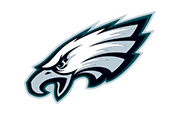
PhiladelphiaEagles |
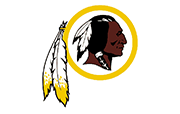
Washington, D.C.Redskins |
|
# of students
203,225 |
# of students
93,700 |
|
% graduated high school
69 |
% graduated high school
69 |
|
% population with a BA
26 |
% population with a BA
55 |
|
$ per pupil
15,000 |
$ per pupil
10,450 |
|
% students economically disadvantaged
73 |
% students economically disadvantaged
77 |
|
% students of color
86 |
% students of color
85 |
|
% students in charter schools
34 |
% students in charter schools
47 |
|
% special education students
16 |
% special education students
14 |
|
% English language learners
12 |
% English language learners
11 |
Note: Unlike Philadelphia, Washington, D.C. schools have separate governing bodies for public charter and traditional public schools. Several of the figures here are calculations derived from the statistics from each, including students of color, those who are economically disadvantaged, English language learners and special education.
Philly Sources: All from School District of Philadelphia except % with a BA from here, and $ per pupil here.
D.C. Sources: # of students and % in charters here. Graduation rate here; % with a BA here; $ per pupil here; % students of color here; % special education, English language learners and economically disadvantaged calculated from here and here.


